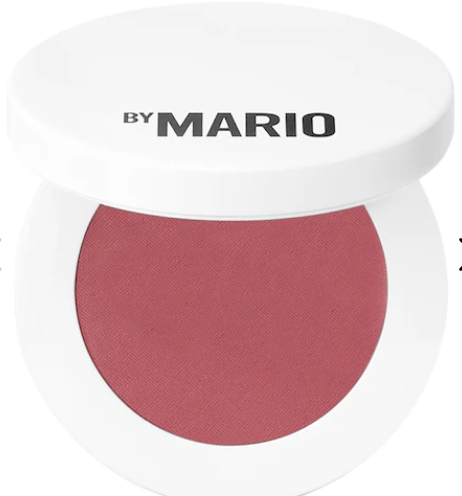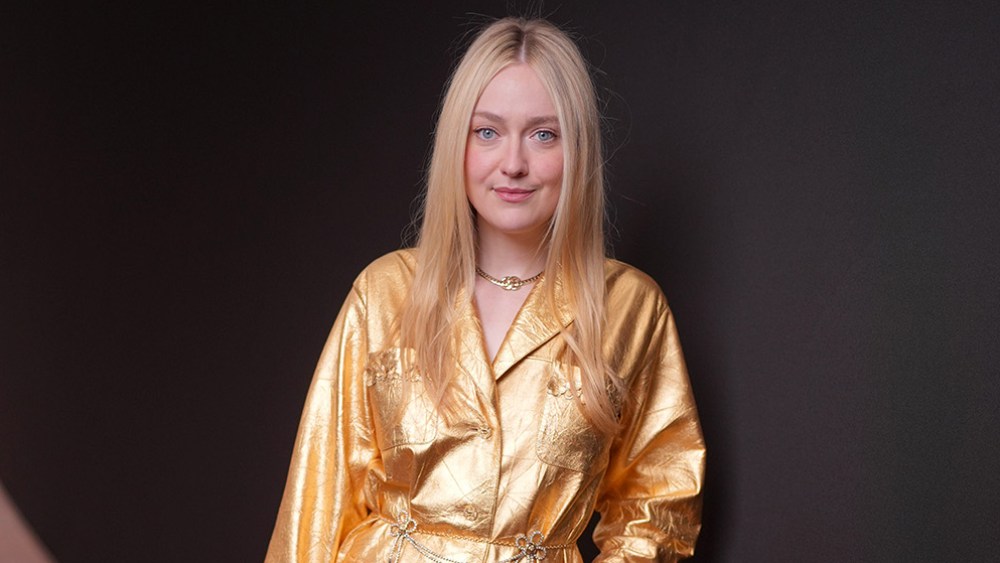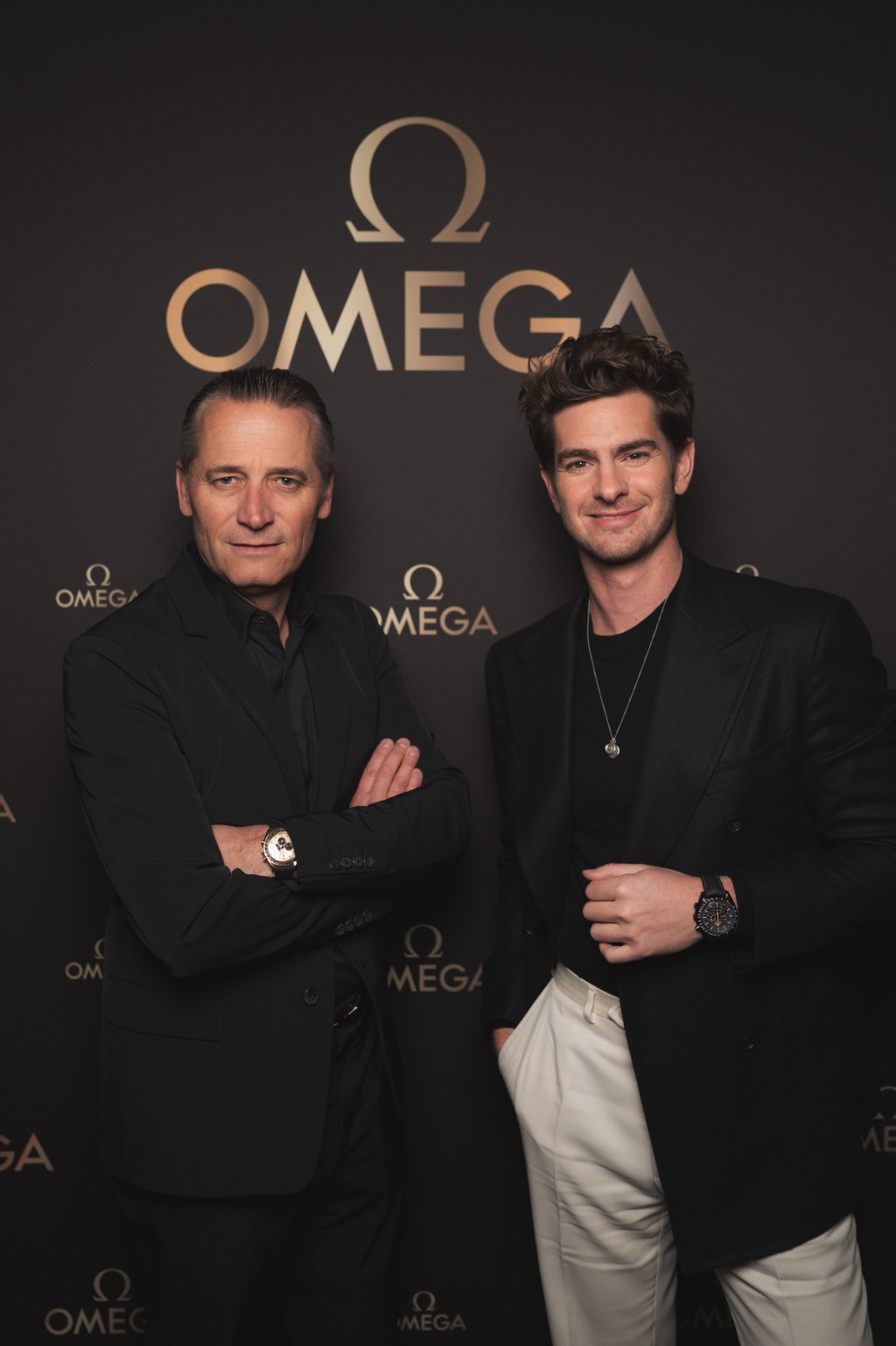Fashion is frequently described as a mix of art and commerce. But is there also room for science?
Max Mara’s creative director Ian Griffiths delved into a subject rarely discussed in fashion, but which ultimately yielded a spring collection defined by geometric cutting, and the nearly mathematical precision of darted constructions.
During a preview, Griffiths said his starting point was the Apple TV+ series “Lessons in Chemistry,” which got him thinking about the prejudice that women face within science, the prejudices against science in creative circles, and pioneering women in the field, stretching all the way back to Hypatia, whose advanced geometry made waves back in the fourth century.
Science was never the most exciting class in school, and neither was this show. The colors were quiet – mostly brown, camel, black, white, dark blue and gray – and the shapes familiar: trench coats, chore jackets, pencil shirts and blazers.
You May Also Like
And so your eye darted to small details: a triangular tab on a coat collar; a back yoke that extended into sleeves; the big shirt cuffs that folded back over jacket sleeves, and all those darts.
Griffiths’ love affair with darts was sparked by his mother, who made her own clothes and took her son along to department stores to pick out patterns.
He noted that fashion designers usually disguise these small cuts, whereas he showcased them as triangular folds that nip a waist or emphasize a shoulder, while adding graphic interest to otherwise minimalist designs.
The crisp fabrics and spare shapes transmitted a low-key brand of chic, with some tightly torqued shapes with origami-like draping and clinging knit dresses adding a sultry touch.
Fun fact about Griffiths: He pays close attention to the design of the back of garments. For spring, he bloused out the back of some trench coats thanks to – what else? – darts, and opened portholes in various geometric shapes, including ovals and half-circles.
This obsession stems from something one of Max Mara’s most formidable pattern makers told him early in his career at the Italian house: “A designer who only designs the front of a garment should only get paid half.”
How’s that for fashion math?



